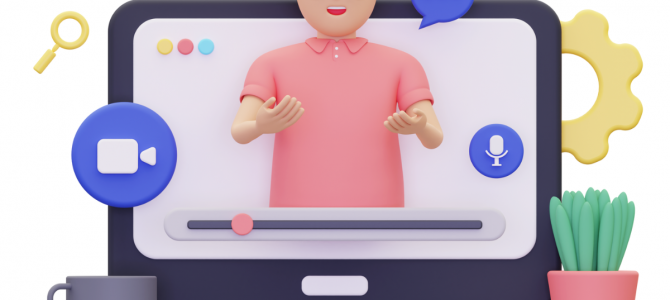Social media allows brands and businesses to connect and engage with potential customers. According to a digital marketing speaker Hong Kong, it will be an important strategy even after five years from now. Even with the ever-changing technology, a social media agency Hong Kong notes that a steady community of followers can sustain the business. For a video marketing agency Hong Kong, growing relationships can also boost a brand’s growth. Do you want to build brand awareness, drive thought leadership, generate leads, nurture followers, and stay on top of people’s minds? Here are the best social media power techniques!
24/7 Interaction
Interacting with social media customers can deepen their relationship with a brand or business. Such a social media power technique can help people remember the brand. Thus, the best way to gain social media power is to connect with your customers 24/7. Innovation and technology paved the way for auto-responder and chatbots. Customizing their replies makes customers feel that they are talking to a human.
Consistent Posting of Quality Content
Consistency in brand messaging is another social media power technique. So, the best way to nurture your followers is to post quality content consistently. Content should be identifiable and unique to the business on all social media channels. It can build trust, establish credibility, and strengthen brand reputation. The post you should upload daily is those interesting and valuable to your audience. If you cannot do it personally, hire an expert to do it for you.
LinkedIn Thought Leadership
LinkedIn is the largest global network of professionals. Around 80% of its members are company decision-makers. When used correctly, LinkedIn can help generate leads and sustain the business. Although, a LinkedIn social media power technique may be unique. It means showing your expertise in a niche or industry to be a thought leader. Once you have successfully done so, it ensures the success of the brand or business.
Show Your Face on Social Sites
Social media customers love seeing the top management team interact with them. So, another social media power technique is to show your face on social sites from time to time. As the company CEO, you can start with a selfie showing a brand’s logo. You can also shoot a short video about a company update. Saying thanks to a comment, like, or reaction are little things that go a long way.
Updated Social Media Pages
Every year, it is important to update your social media pages. Ensure that all the contact information and details about the brand or business are correct. Once or twice a year, brands and businesses should decide on a comfortable private setting. Updating social media pages means sharing information you want to share and not sharing things you want to keep private.
Reference: https://blog.red-website-design.co.uk/2022/08/09/social-media-unforgettable-brand/










